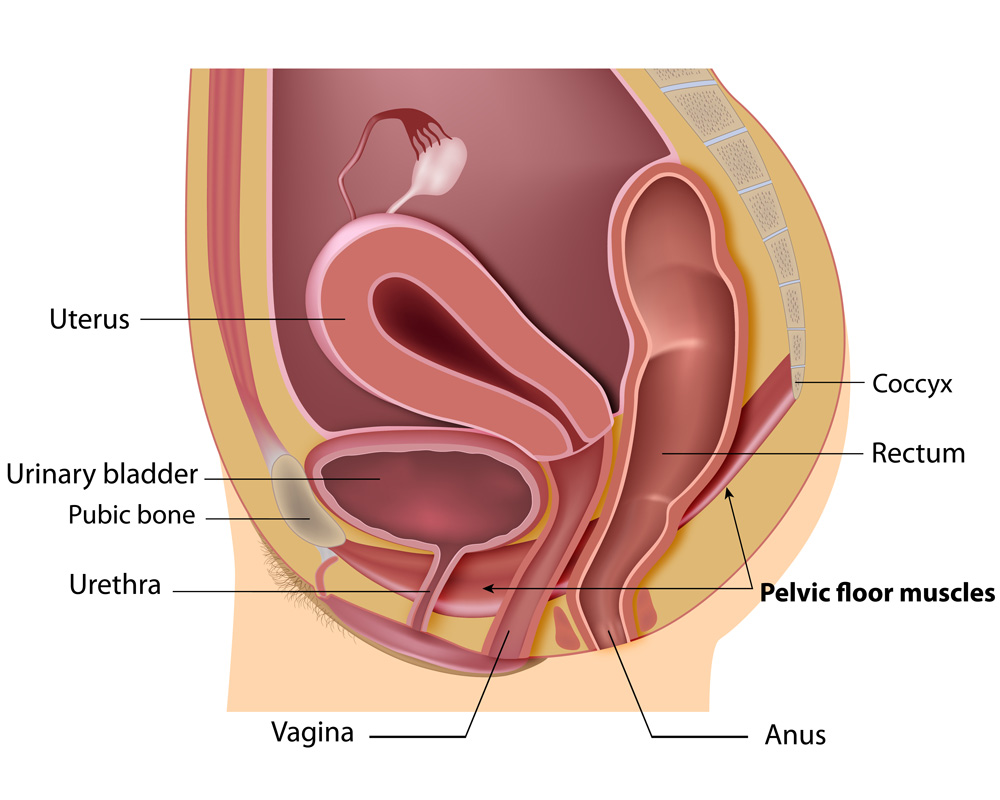Introduction
What is Pelvic Organ Prolapse?
The term pelvic organ prolapse is used to describe the "drop" of one or more pelvic organs from their normal position. Typically, it is the result of injury during childbirth or pregnancy or as the result of aging, menopause or traumatic injury. It is sometimes referred to as "fallen bladder" or "dropped bladder" – though other organs may be involved.
Restoring the Quality of Life
The impact of pelvic organ prolapse and other pelvic floor disorders on the quality of life for women is profound. Normal activities are often severely compromised.
Some women are no longer able to participate in physical exercise activities like running, walking, riding a bike or weight training. Intimacy with a partner is difficult due to pain and embarrassment. The need to be near a bathroom can cause some women to avoid theatres and other social activities.
We work with women every day to restore function.
Repair of Pelvic Organ Prolapse
When surgery is necessary, our team of uniquely qualified surgeons is prepared to provide any procedure necessary using the most advanced techniques. Our objective is clear: to correct the anatomy, to provide better function and to relieve the symptoms caused by the condition.
We are committed to using the least invasive procedures we possibly can to correct the problem and restore your health.
More Information about Pelvic Organ Prolapse

Types of Pelvic Organ Prolapse
Cystocele (bladder prolapse)
Enterocele (small bowel prolapse)
Rectocele (rectum prolapse)
Uterine prolapse (prolapse of the uterus)
Vaginal vault prolapse
Cystocele occurs when the vaginal wall weakens and allows the bladder to herniate into the vagina. This condition can often cause stress incontinence.
Enterocele is a condition that occurs when the small bowel presses against or herniates into the vagina.
Rectocele occurs when the back of the vaginal wall weakens and the rectum presses against or prolapses into the vagina. This condition may create a bulge that is more noticeable during a bowel movement.
Uterine prolapse occurs when the uterus drops into the vaginal canal. There are three degrees of prolapse:
First-degree uterine prolapse - where the bottom portion of the uterus enters the vaginal canal
Second-degree uterine prolapse - where the uterus enters the lower portion of the vagina
Third-degree uterine prolapse - where the uterus protrudes through the vaginal opening
Vaginal vault prolapse occurs when the upper portion of the vagina drops toward the vaginal opening.
